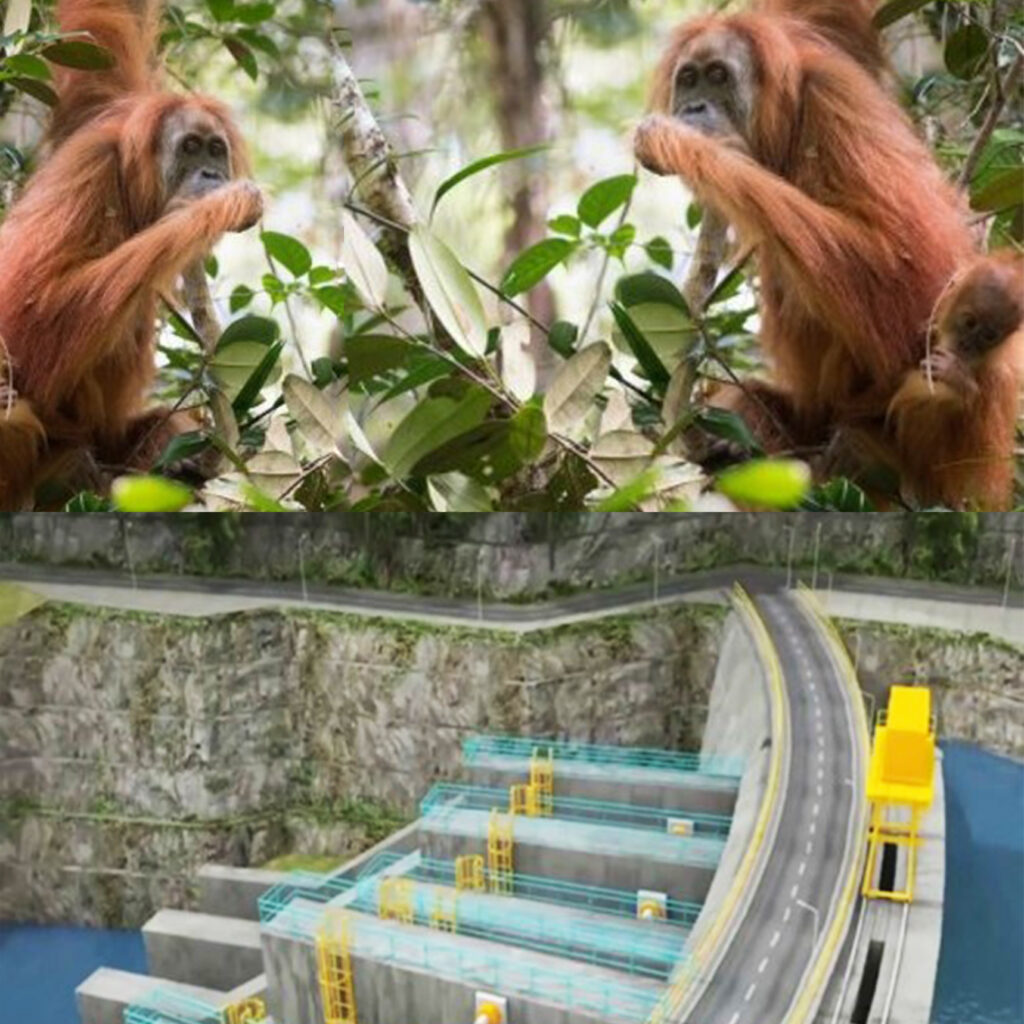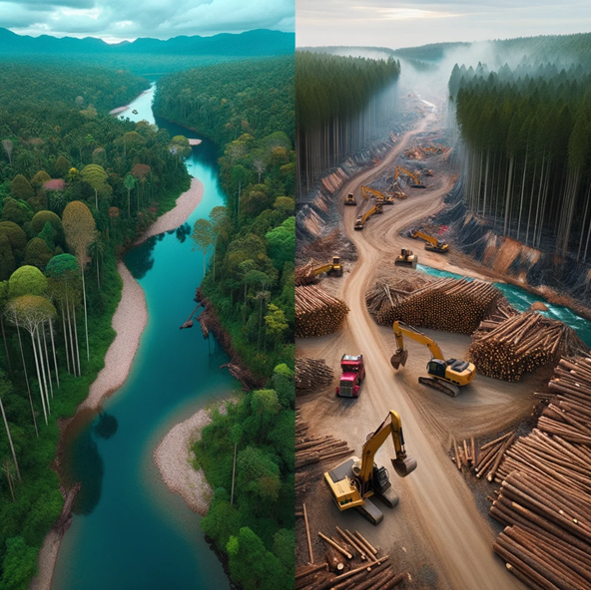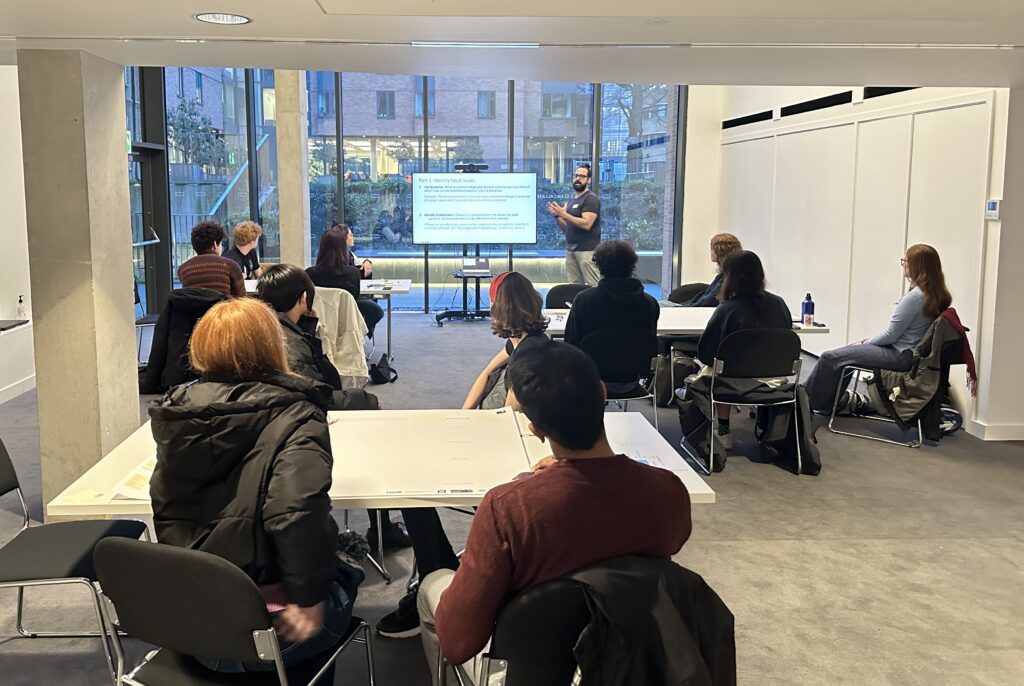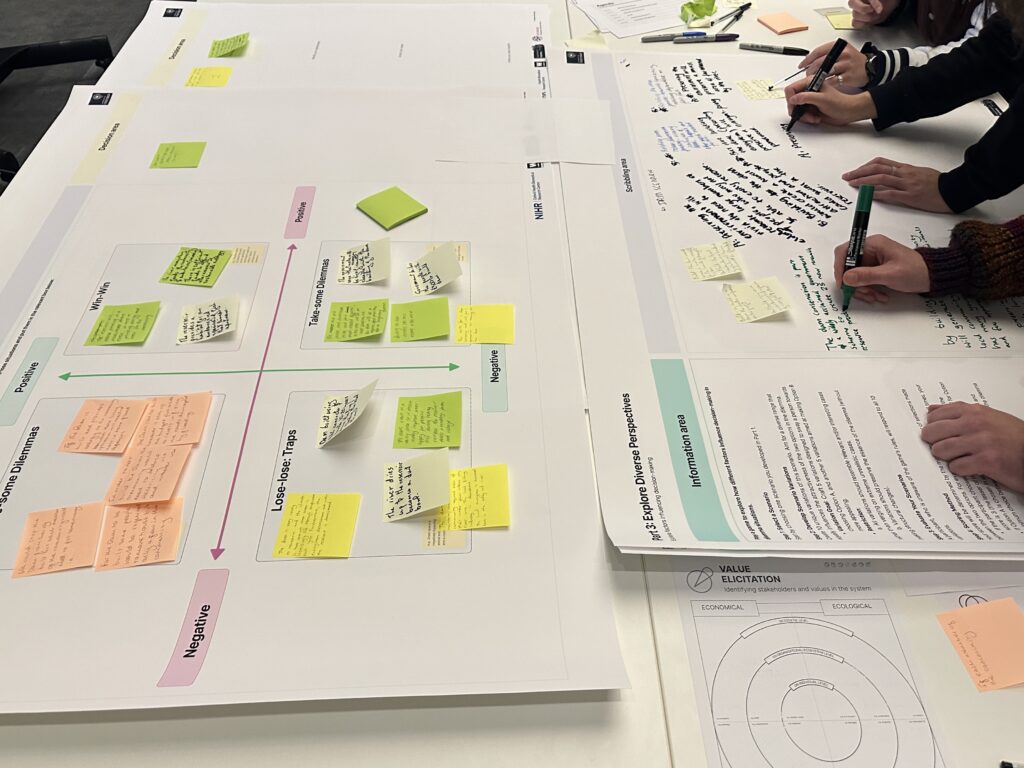Project Aims
Imagine a green space that is the last habitat for an endangered species, like tigers. Now, what if you heard that the government plans to destroy or change this space to start an agricultural project that could bring in a lot of money? How would you react to this news? Would your feelings change if the space was going to be used to build the first hospital or the first mental health unit in the area? What if the endangered species were snakes, certain plants, or tiny organisms instead of tigers? Now consider if the situation were reversed: instead of a green space being converted for human good, an existing human-built space is going to be torn down for the good of non-humankinds: A hospital removed to create a habitat for endangered species. How would you react now? These dilemmas are the core interest behind the “Last Haven” project.
Decisions about preserving habitats for endangered species often conflict with human needs and desires, such as economic development, medical advancements, or community needs. This project investigates the complex choices, values and trade-offs involved in such decisions and where people draw the line between prioritizing human vs non-human needs and interests.

Methods
We have developed a public-facing gamified website designed for both public engagement and for scientific research. The website houses our scientific study, which asks participants to make choices between prioritizing endangered species (by preserving or developing a habitat) or prioritizing human infrastructure (by preserving or developing a land use)
The website is scheduled to launch in early 2025. We aim to attract participants from across the world. We will use quantitative statistical methods to explore both local and global preferences regarding conservation-development trade-offs, and the underlying cognitions, affects, values and interests that drive decision-making.
Preliminary studies and future directions
We have conducted three online pilot studies with a total of 2,500 participants. Our aims were to refine our research questions, test the proof-of-concept, and explore the different factors that may influence people’s preferences. Our website is designed for participants over the age of 16, but we are also preparing a version that targets participants aged 11 – 15 years.
Future projects may also use machine learning techniques (e.g., hierarchical Bayesian models, inverse reinforcement learning) to inform a tool that could predict public opinions on new trade-offs of a similar nature.
Importance and applications
This project aims to understand how people choose to resolve conflicts between human and broader ecological interests; and the multi-level mechanisms – cognitive, affective, social, structural and environmental – that drive these decisions. In today’s world, such decisions are critical for the the future wellbeing and indeed survival of many human populations and other species, and for green and blue space conservation.
Our gamified website – launching globally in mid-2025 – houses our scientific study, and invites participants to make choices between prioritizing endangered species or human infrastructure. We will use quantitative statistical methods to explore both local and global preferences regarding conservation-development trade-offs, and the underlying cognitions, affects, values and interests that drive decision-making.

Co-production and collaboration
This project is a collaboration between researchers at University of Oxford, University of Exeter, and National University of Singapore.
We have also conducted two co-production workshops with students from Keble College, Oxford. These workshops helped us to create hypothetical case studies about socio-ecological tradeoffs that included considerations about policy and daily life.
The NeurOx Young People’s Advisory Group (YPAG) advises on the design and development of the Last Haven project alongside other projects in the Design Bioethics Lab and the Flourishing and Wellbeing Theme of the NIHR Oxford Health Biomedical Research Centre.


Photos: setting the scene (left) and scenarios development (right)
Last Haven Key Researchers:
Dr. Edmond Awad, Design Bioethics Lab, OH BRC, and Uehiro Oxford Institute Researcher
Dr. Haiou Zhu, Design Bioethics Lab and OH BRC Researcher
Dr. David Lyreskog, Design Bioethics Lab Deputy Director
Chrishen Gomez, DPhil candidate, Department of Geography, University of Oxford

